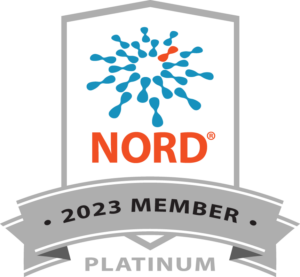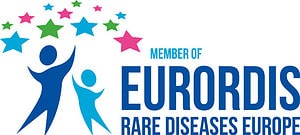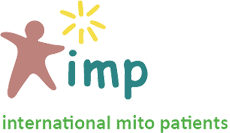Ages 5-10: Elementary School
It is really important to remember throughout elementary school that as the child progresses each year so do the academic expectations of what the child will be held accountable to learn.

First grade through fifth grade are more commonly known as the Elementary School Years. We are now at step three – Welcome to Elementary School! If your mito child had a half-day of kindergarten, the full school day of elementary school may be extremely exhausting. It is really important to remember throughout elementary school that as the child progresses each year so do the academic expectations of what the child will be held accountable to learn. Elementary school children will need to expend high levels of energy to reach grade-appropriate academic goals.
When Elementary Children With Mito Enter First Grade You Can Expect:
- Increased overall fatigueThe overall feeling of tiredness or lack of energy. It is not the same as simply feeling drowsy or sleepy. Being fatigued means having no motivation or energy. as the school day is longer
- Vision issues may become apparent as the “visual” learner is taking in enormous amounts of visual information, such as reading
- Auditory issues tend to also become more prevalent as all areas of the child’s body are now fighting and using energy to “keep up” with their peers
- Hand, arm, foot, leg cramping and spasming can occur as it takes a lot of energy to write, stand in line, write on the chalkboard, sit at a desk for full days. As a result, tech access may come into the picture again
As an elementary school child attempts longer days, higher educational expectations, and more energy usage, this is when the IEPThe skills that need to be taught by an educator or related services professional so that the child's educational needs are met. can aid a mito child in accommodationsChanges that remove the barriers to learning. They can also change how and what the children is expected to learn and know. and modifications to lessen the energy expenditures but allow him to stay academically current with his peers.

Additionally, this is the level in which a Section 504 Plan may first become accessible to you. Section 504 is a part of the 1973 Rehabilitation Act and Title II of the Americans with Disabilities Act (ADA). It is designed to enable children with disabilities access to public education. A Section 504 plan will assist in providing school accommodations for your child with Mito. Eligibility for protections under Section 504 depends on the child in question having a physical or mental impairment that must substantially limit at least one major life activity. Major life activities include walking, seeing, hearing, speaking, breathing, learning, reading, writing, performing math calculations, working, caring for oneself, and performing manual tasks. As you see, many activities are included under this category. The question that must be addressed by the school’s special education team is whether the child has an “impairment” that “substantially limits one or more major life activities.” A Section 504 is an option for children who simply need minor accommodations to be able to participate in the general educational classroom.
Under Section 504, accommodations will be established for your Mito child and will be written to your child’s specific needs. These are some of the considerations that may need to be made for your child.
- Temperature. Does the child need to be in an air-conditioned environment or kept inside from recess in extreme temperatures?
- Fatigue. Does the child need to be allowed a rest period in the day or take tests early in the morning before he fatigues?
- Diet. Does your child need a special diet or the ability to snack at certain points of the day?
- Muscle cramps. Does the child need to be allowed to stand or move around when experiencing muscular pain?
- Other considerations to remember include assistive technology, removing communication or architectural barriers and other aids, and services necessary.
Please remember that a Section 504 student may have a disability, but he doesn’t necessarily qualify for special education services. It can be a temporary condition, like an arm is in a cast with which the child writes, and they need accommodations, or an ongoing medical issue such as diabetes that doesn’t affect his learning, but requires accommodations such as a scribe because they cannot write for themselves due to their injury or eating at certain times to control their diabetes. It is vitally important to remember that a 504 plan only allows the student to have accommodations and not modifications like an IEP. Modifications occur when an actual change to the curriculum simplifies the content for a student. Remember also, that just because a student has an IEP this doesn’t mean that he has to be in a special education classroom. Only students who have qualified for an IEP program can receive support by the special education department in their school.
It is important to remember that Section 504 is a federal civil rights law. The purpose of Section 504 is to protect persons with disabilities against discrimination for reasons related to their disabilities. Unlike IDEA, Section 504 does not guarantee that a child with a disability will receive an individualized educational program that is designed to meet the child’s individual educational needs. Nor does Section 504 require a meeting before a change in placement occurs as does an IEP.
Please view these additional websites for more information!










